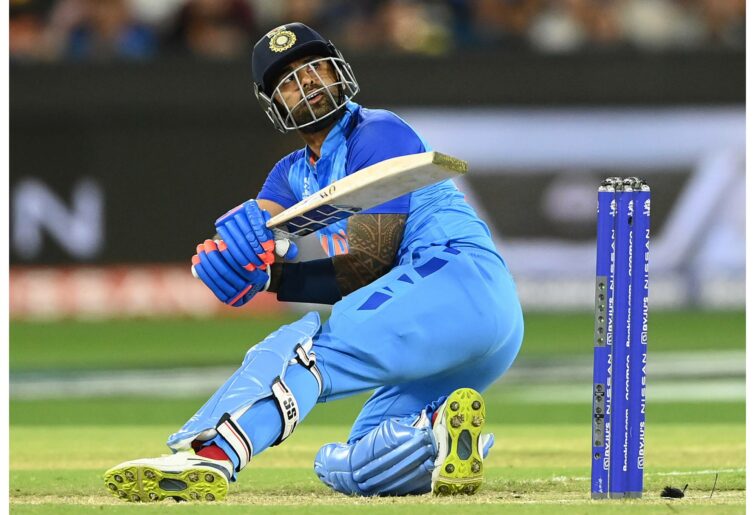Cricket has become complex over the last couple of years, particularly when it comes to batting. Test cricket is being played in bowler-friendly conditions that test the batter’s defence and opportunistic strokeplay.
One cannot be a Chris Tavare and plod forever; one must score quick runs when the opportunity comes their way.
T20 cricket asks batters for skilled hitting of the ball rather than an educated response to the line and length of the ball. One-day internationals are like a middle child with no identity. England approach it like T20 played over 50 overs, while teams like India adopt the classic ‘build the innings towards a grand finish’ approach.
With entirely different playing styles required in the three forms, most cricketing nations are trying to find answers in their way. West Indies and England put all their eggs in white-ball cricket and went the hitting way, diminishing their Test batting standards. In their effort to keep the balance between the three forms, Australia and New Zealand have inducted hitters for their T20 cricket and have had some success in the World Cup. Pakistan seem to believe that their high-quality bowling resources can win them games in all forms of the game.

(Photo by Quinn Rooney/Getty Images)
India, however, seem to be all over the place. Team management say they want to play the hitting game in T20 cricket but pick a team full of anchors. As actions speak louder than words, the thought process for India seems to be to play Test cricket at different speeds in each form.
India play a similar batting unit in all three formats and ask their batters to construct their innings in the same model according to different time scales. If I plot the thought process with the number of balls faced on the X axis and total runs scored on the Y axis, every batter except for Surya Kumar Yadav aims to construct an exponential curve.
This is a hazardous strategy in T20 cricket, but India thinks this is safe.
How can India get itself out of this chaos?
They must abolish this concept of a three-form player, specifically among batters
Sportspeople rely on muscle memory that they build through rigorous practice. As the style of batting needed in T20 differs from Test cricket, this whole concept of three-form batters sounds irrational. If you ask a batter, he will want to play all three formats, but it is the Indian team management’s job to draw a line and say that they will play either T20 or Test cricket.
Strangely, the administration thinks of allowing Surya Kumar Yadav to play in Tests. One gets the feeling that KL Rahul regressed as a T20 batter after he found success in Test cricket at the top of the order.
Create a separate selection committee and coaches for T20 or at least white-ball cricket
T20 cricket is a different sport from other forms of the game. India’s reliance on ex-cricketers with no T20 experience to select teams and form the strategy for T20 is faulty. India must establish a separate structure with a longer tenured CEO for each form to drive the processes specific to the form of cricket they run. The CEO should then appoint the selection committee, coaches, talent scouts et cetera relevant to that format.
This team should identify players and groom their careers to become the world’s best in their form. This way the T20 players can go around the world playing the various leagues while the Test and ODI players can focus on Indian domestic cricket to hone their skills. When some Indian players claim that India has enough depth to play three teams simultaneously in international cricket, why can’t they have two groups for T20 and the rest with a minimum overlap of players?
As the wealthiest cricketing nation with a considerable fan base, India should not be happy with its team’s mediocre results in world championships since 2013. If a men’s tennis player wants to win at Roland Garros, he must develop a strategy to beat Rafa Nadal. It is not enough to create a game and strategy that is good enough to beat the 126 others in the fray but will fail against Rafa. It is foolhardy to expect Robin Soderling to turn up in every championship to take Rafa out early. One isn’t as lucky as Roger Federer!
If India wants to win the T20 World cup, they need the plan to beat England, not hope for some other teams to do the job for them.
>Cricket News

%20(3).jpeg)






0 Comments